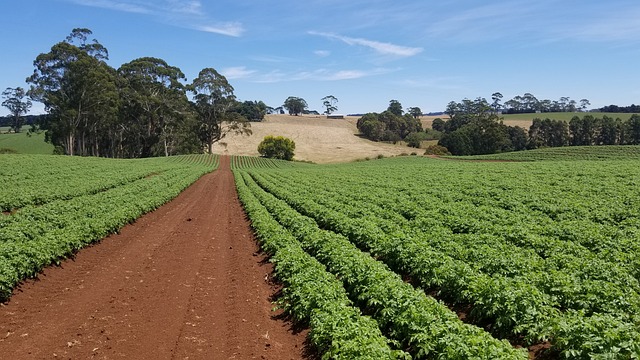
Study Materials
8th
8th - Social Studies
Geography - Land, Soil, Water, Natural Vegetation and Wildlife Resources
Overview of the Chapter
This chapter explores the significance of land, soil, water, natural vegetation, and wildlife as vital natural resources. It discusses their distribution, utilization, conservation, and the challenges faced in managing these resources sustainably.
Land Resources
Land is a finite resource essential for human activities like agriculture, housing, and industry. The chapter explains land use patterns, factors affecting land use, and the need for land conservation.
Soil Resources
Soil is a crucial natural resource formed by weathering of rocks and organic matter. The chapter covers soil types, soil erosion, and methods to prevent degradation.
Water Resources
Water is indispensable for life and economic activities. The chapter discusses freshwater availability, water scarcity, and sustainable water management practices.
Natural Vegetation
Natural vegetation varies based on climate and soil conditions. The chapter highlights different vegetation types, their ecological importance, and threats like deforestation.
Wildlife Resources
Wildlife plays a key role in maintaining ecological balance. The chapter addresses wildlife conservation efforts and the impact of human activities on biodiversity.
Conservation of Resources
The chapter concludes with strategies for conserving natural resources, emphasizing sustainable practices and community participation.
